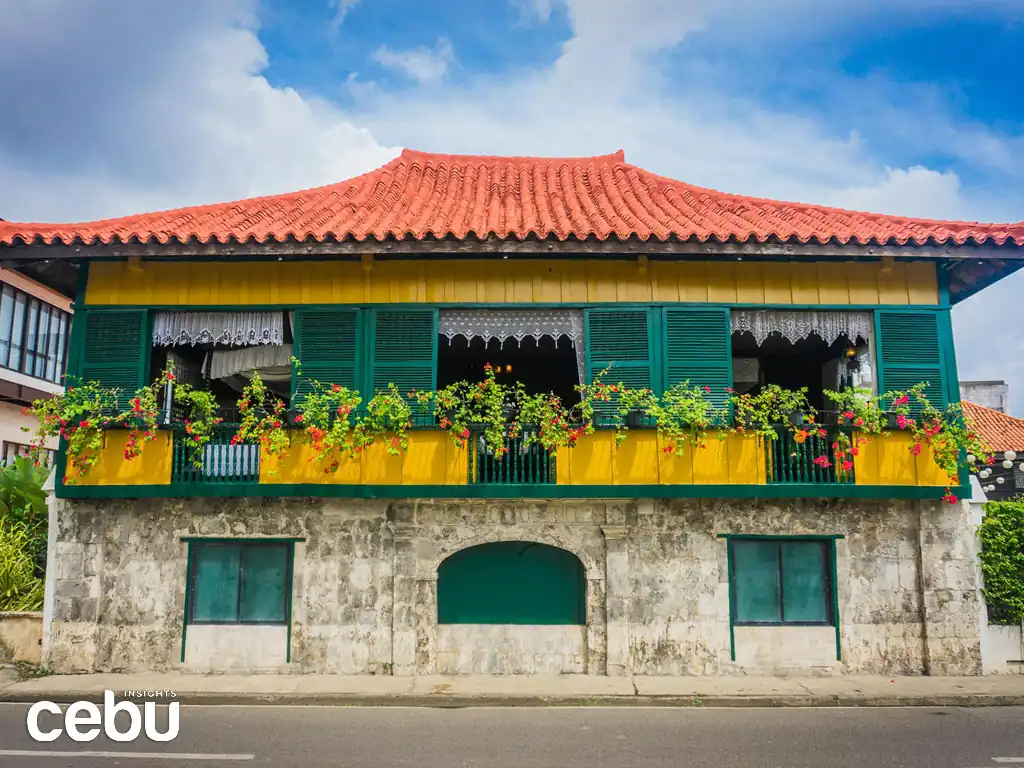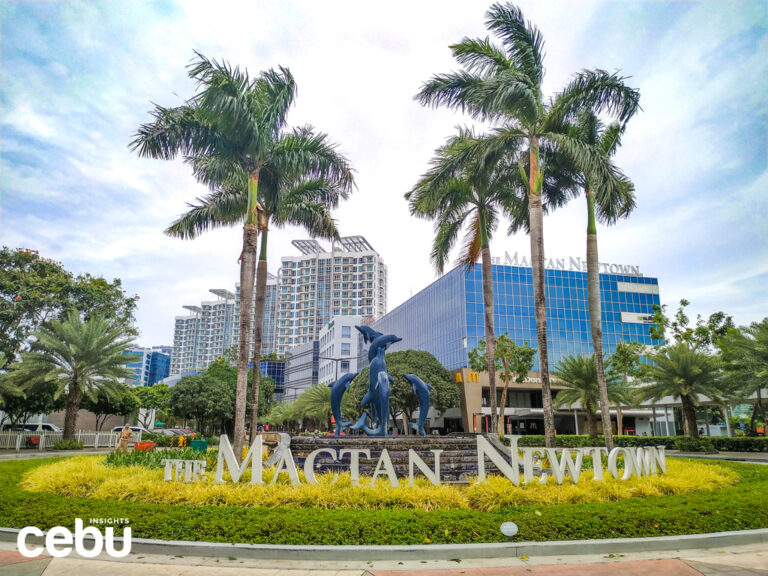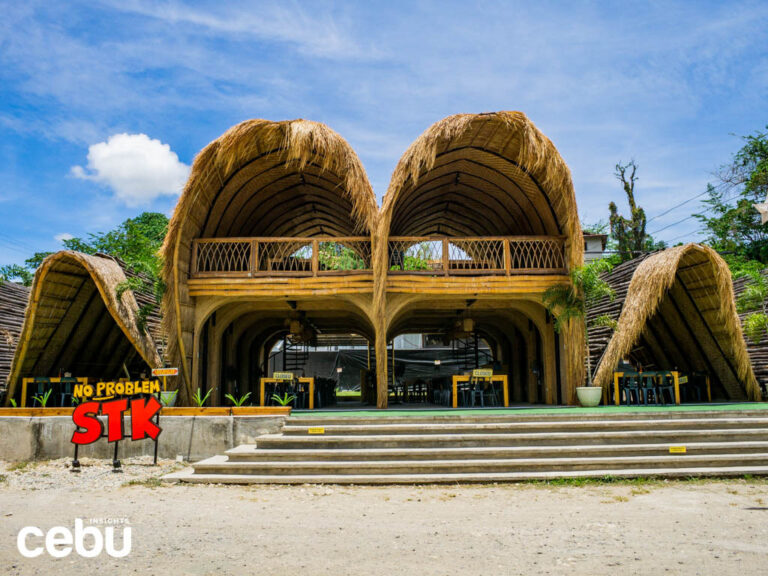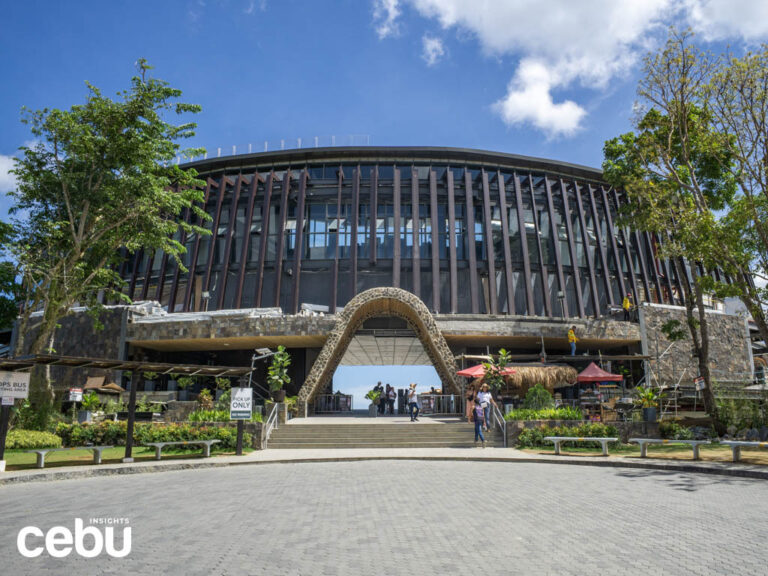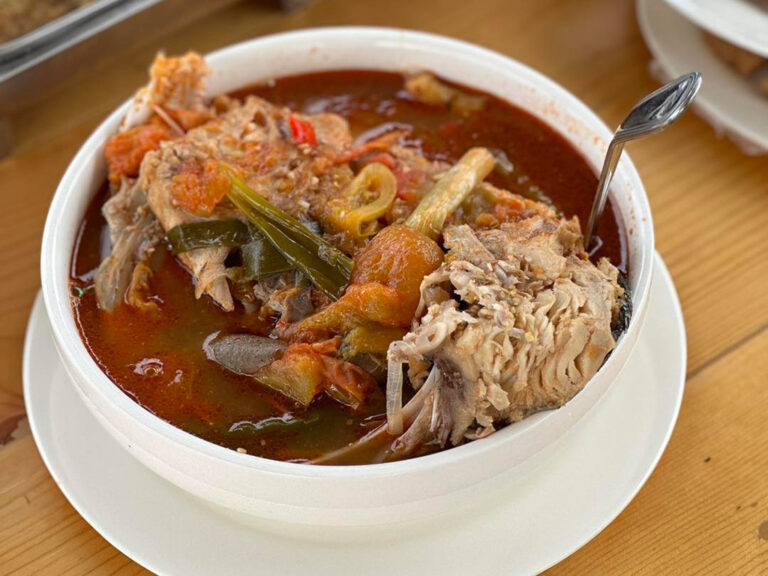Casa Gorordo Museum reopens with brand new colors.
For two years, Cebuanos only got to see the Casa Gorordo Museum through online tours. While these digital expeditions are convenient for some, the renowned heritage site is so much better seen in person than through a screen.
You can bet many museum enthusiasts missed the days when they could enter this centuries-old ancestral house.
This ancestral house shows what life in the colonial period was like.
Finally, on the morning of October 15, 2022, the former Gorordo family residence reopened after two years of closure and renovations.
The Casa Gorordo Museum updated a few of its exhibits for a new audience, and the biggest change of them all was the house’s facade.
The famous Cebu heritage museum just got a new look.
NEW COLORS OF THE CASA GORORDO MUSEUM
For many of us, we remember the Casa Gorordo Museum for its traditional design, which was common during the colonial era. It is said that the materials used could withstand natural disasters.
As you can see from the different ancestral houses in downtown Cebu, many of the buildings have never been repainted, and they tend to have dark traditionally designed walls – which can only be described as vintage.
Casa Gorordo, on the other hand, has a newer, more colorful facade.
The wooden walls are now painted yellow and green, giving a contemporary color scheme to stand out among the nearby buildings.
The color palette is inspired by claims that the ancestral house was colored in cream in the past. While several records show other colors, cream was the color that was confirmed by the Cebu City Cultural Historical Affairs Commission (CHAC).
WHAT YOU CAN FIND AT THEIR EXHIBITS
The tour starts on the first floor, with a brief history of the house. The house was built in 1850 and was home to four generations of the Gorordos, one of the most influential families in the city.
The exhibit also features religious statues known as Pasos, which depict important moments in Catholicism. In the Casa Gorordo Museum, there are statues depicting the Segunda Calda – the second time Jesus fell while carrying the cross.
Another exhibit depicts Cebu’s farming culture, with several machines previously used by the Cebuanos. Here you can find a wooden coffee bean grinder and a stone corn miller. Since rice was scarce at the time, the latter was widely used to have corn as a substitute.
The first floor has an interactive map, which shows how Cebu changed throughout the colonial period in the Philippines.
Part of the exhibit showcases how Cebuanos used to travel around the city. There are replicas of animal-drawn carriages like the Tartanilla, but you can also find motor vehicles like sedans and Cadillacs.
Public transportation is an important topic in the exhibit. A diorama of the Cebu railway claims the existence of a train stretching from Danao in the north to Argao in the south.
As you go up to the second floor you will find the Descanso, a wooden bench that was used as a waiting area. The Gorordos used the descanso to screen visitors as to whether or not they could go up to the second floor.
Aside from preventing intruders, this also reflected how formal the customs were during the 18th century.
The second floor or “Taas” is where many of the family rooms were. This area is divided into two salas – one for formal meetings, and the other for more casual, personal meetups.
The room on the left side of the formal sala was owned by the first Bishop in Cebu, Juan Bautista Gorordo. He stayed in the room after the family’s patriarch, and the original owner of the room, Isidro Gorordo, went back to his hometown in Barili.
Inside the room is a Birthing Chair, which Bishop Gorordo used to relax in. In the past, the area outside the window was a beachfront, so the breeze would come in to keep the quarters cool.
The Couple’s Room was made for a married couple and their child. The room used to be owned by the only living member of the Gorordo family, Josefa Revillas, more commonly known as Ma’am Pepit.
A crib was added to the house when it was converted into a heritage museum. The stuffed toy inside the crib, however, has been in the house for 120 years.
Instead of going to mass at the Cathedral, the family held masses in their chapel and prayer room, with Bishop Juan Bautista officiating.
The museum retained the bathrooms with its 1920s design, where the walls and floor are completely covered in tiles. In the bathroom you will find an early version of the bathtub.
You also get to see the Suitor’s Corner, which was used for someone to court or propose. Early Filipinos had very strict customs when it came to courting, as haranas (serenades) became a requirement to ask for someone’s hand in marriage.
The Recreational Area was where the family played cards, mahjong, and the local Visayan game Sungka. There was also a piano, harp, and jukebox that they used to play music.
The Gorordo library/office area is complete with a bunch of books and writing materials. The library was also used as a hiding place for anting-antings owned by the family’s friends that were secretly part of the Katipunan.
In front of the recreational area is the family’s dining table and a cupboard filled with fancy silverware. The Gorordos were known for keeping many expensive utensils like their Geisha cups.
These teacups had carvings shaped like Geishas, which can only be seen if you place them in front of a light.
Finally, their kitchen was much more sophisticated compared to other Filipino households. While other houses used “dirty kitchens,” Casa Gorordo had more advanced machinery like a cast iron stove.
The kitchen also had two Berkefeld Filters that were used to filter water during the Cholera outbreak.
The final part of the tour at the Casa Gorordo Museum is at the Azotea, the large balcony at the side of the house. This area was used for large social gatherings, and sometimes for laundry.
Large jars of water were placed near the windows to cool the air, making the Azotea a relaxing location for meriendas and parties.
WHAT’S COMING UP FOR CASA GORORDO?
The Casa Gorordo Museum reopened just in time for the return of a popular Cebuano event, the Gabii sa Kabilin. This one-day museum-hopping tour gives guests complete access to the biggest museums and historical sites around Cebu.
The event was held from 6:00 PM – 12:00 Midnight, with 20 sites participating.
In line with the event, the Hinablon sa Cebu brought one of their machines from Argao to the museum and showcased it to the public. The organization aims to reinvigorate its interest in Hablon, the famous local weaving art form practiced in the south.
Additionally, the museum’s cafe will be taken over by Bo’s Coffee this 2022.
One of Cebu’s most iconic historical sites is back. With its new colorful facade and informational exhibits, the Casa Gorordo Museum paves the way for a new learning experience covering the history of Cebu.
A tour of the museum will give you a glimpse of what the early Cebuanos’ lives were like, from their lifestyles down to their social interactions. That said, this is one of the best places in Cebu to learn about our ancestors.
For two years, Cebuanos sat by their virtual descanso looking at the house through a screen. But as the city shifts to a new normal, the museum once again welcomes guests into the lives of one of the most influential families in the city.
RATES
HOW TO GET THERE
Exact Location:
35 Eduardo Aboitiz St, Cebu City, 6000 Cebu
Operating Hours:
9:00 AM – 5:00 PM
- JEEPNEY
To commute to Casa Gorordo, you can ride a jeepney going to Colon Street. Get off when you reach the Colon obelisk and walk towards the museum. Eduardo Aboitiz Street is the street right next to the Yap Sandiego Ancestral House.

